Growth this week averaged 31kg/day across the country, with the highest growth recorded in the west. Temperatures have been below average for the time of year, which has slowed growth in most areas. This is no surprise given that most soils are at saturation point and poorly drained soils are waterlogged. Temperatures are to remain below normal over the coming week by between 1°C and 2°C and soil temperatures will likely be around average.
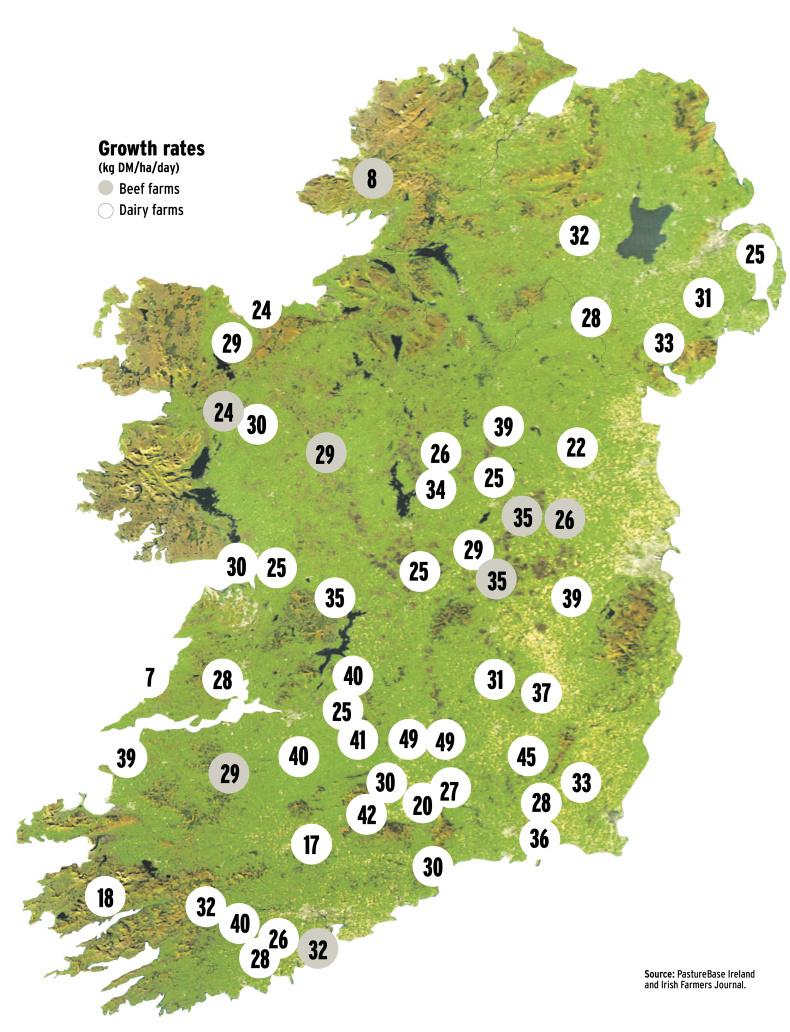
The average farm cover this week around the country was 840kg/ha. However, the drop in growth has some farmers closer to 600kg AFC.
Farmers near 600kg need to slow cows down if they are hoping to graze until mid-November and ensure enough grass for the spring. The options when slowing cows down are either to increase supplementation or reduce stock. Reducing stock is the easiest.
Introducing silage and trying to achieve good graze-outs is challenging. To achieve good graze-outs and high utilisation, cows must be hungry going to the paddock. You need to avoid filling the cows with silage before they go to graze. If supplementing with silage, it is best to target it at one feeding per day.
The paddocks grazed in the next few days will have a cover close to 900kg DM/ha on 1 February and are the paddocks you should target grazing first. In early February, you will have a low percentage of your herd calved, cows will have a low intake after calving and have been eating silage all winter so need to adjust back to grass.
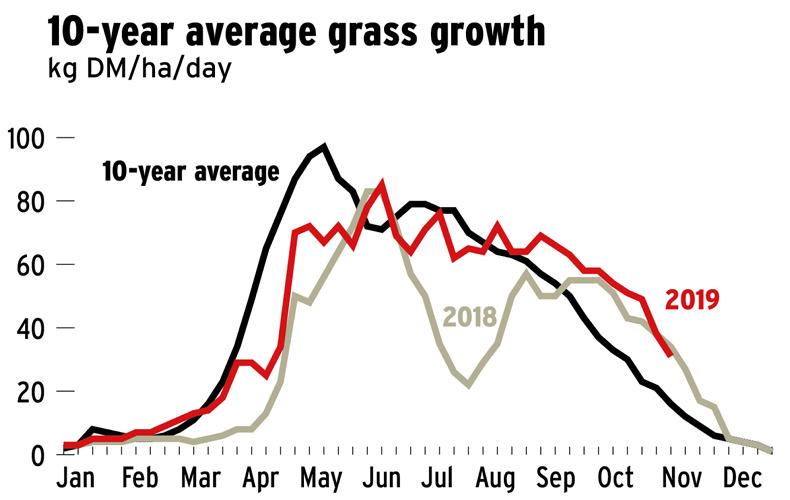
So targeting a lighter cover early on will help increase grass utilisation and also help you get a high percentage of ground grazed in February.
Knowing this, you can now target grazing a dry paddock or two close to the parlour with good access this week setting yourself up to start next year’s grazing season on the right foot.
Grass growth average 31kg/day this week.When supplementing with silage it’s important to still have the cow hungry going to graze.Paddocks grazed in the next few days will be the first grazed in the spring.
Growth this week averaged 31kg/day across the country, with the highest growth recorded in the west. Temperatures have been below average for the time of year, which has slowed growth in most areas. This is no surprise given that most soils are at saturation point and poorly drained soils are waterlogged. Temperatures are to remain below normal over the coming week by between 1°C and 2°C and soil temperatures will likely be around average.

The average farm cover this week around the country was 840kg/ha. However, the drop in growth has some farmers closer to 600kg AFC.
Farmers near 600kg need to slow cows down if they are hoping to graze until mid-November and ensure enough grass for the spring. The options when slowing cows down are either to increase supplementation or reduce stock. Reducing stock is the easiest.
Introducing silage and trying to achieve good graze-outs is challenging. To achieve good graze-outs and high utilisation, cows must be hungry going to the paddock. You need to avoid filling the cows with silage before they go to graze. If supplementing with silage, it is best to target it at one feeding per day.
The paddocks grazed in the next few days will have a cover close to 900kg DM/ha on 1 February and are the paddocks you should target grazing first. In early February, you will have a low percentage of your herd calved, cows will have a low intake after calving and have been eating silage all winter so need to adjust back to grass.

So targeting a lighter cover early on will help increase grass utilisation and also help you get a high percentage of ground grazed in February.
Knowing this, you can now target grazing a dry paddock or two close to the parlour with good access this week setting yourself up to start next year’s grazing season on the right foot.
Grass growth average 31kg/day this week.When supplementing with silage it’s important to still have the cow hungry going to graze.Paddocks grazed in the next few days will be the first grazed in the spring. 





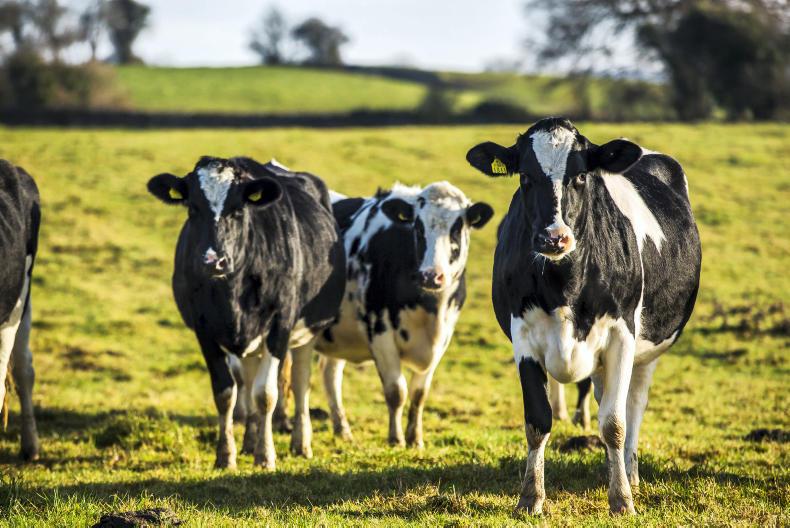
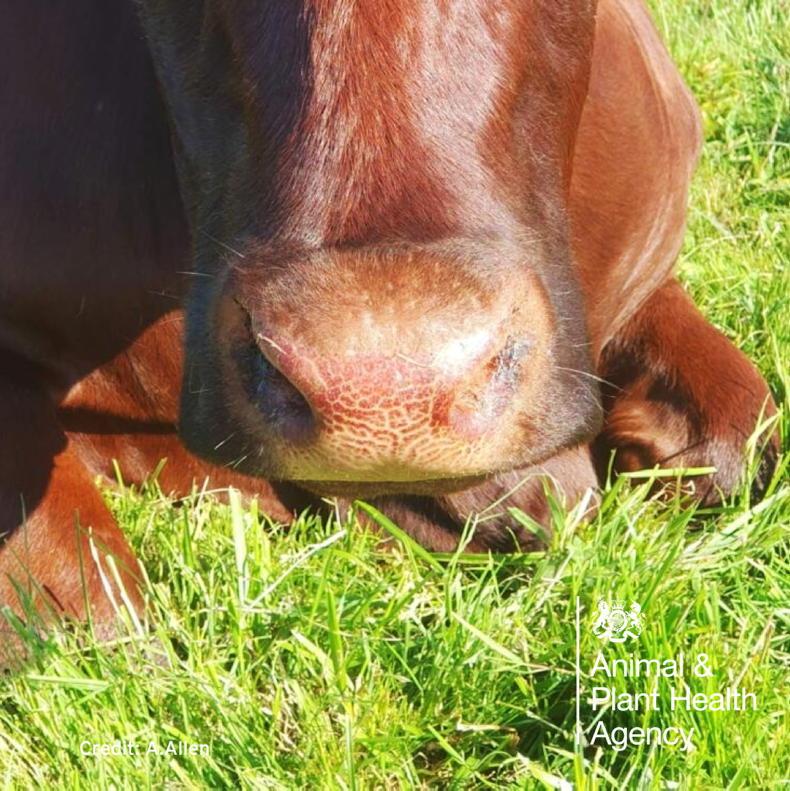
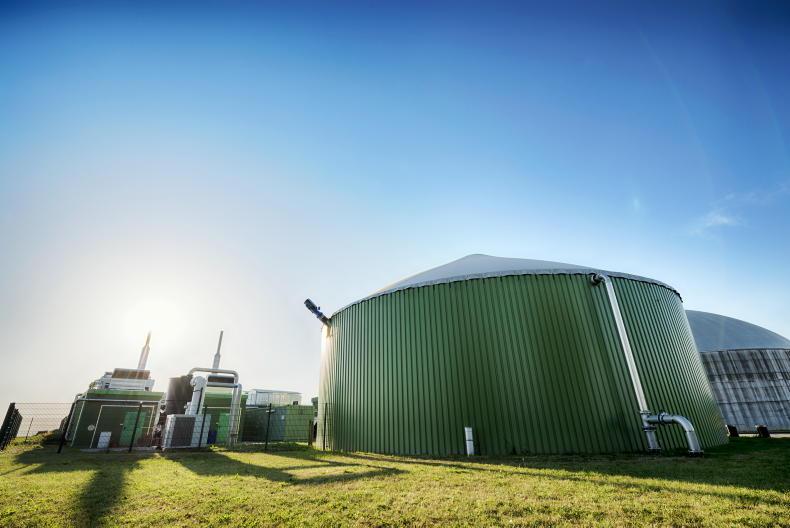


SHARING OPTIONS